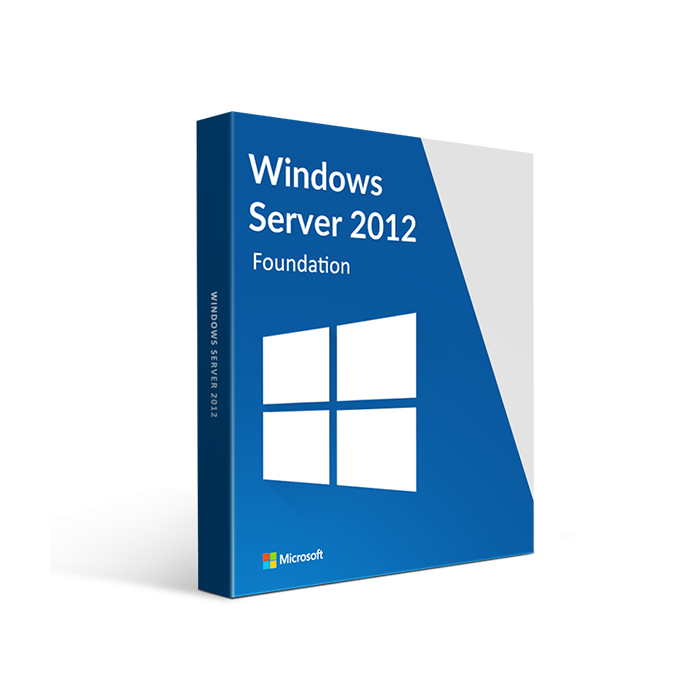Microsoft Windows Server 2012 Foundation
A Solid Core Server for Small Business
A good server platform is a vital component of every small-scale business organization. The size may not demand advanced functionality or cutting-edge solutions to obstacles that arise in larger operations - nevertheless, the importance of a stable, secure and high-performance network is just as pronounced. This is where the Foundation edition of Windows Server 2012 makes an appearance - equipped with a core of tools that will see to it that every server-related need you have is met to the fullest extent.
Foundation 2012 is both similar and different to its cousin in small business server operating systems - the Essentials edition. The two share a functional environment but the approach each of them takes has many points of divergence. By reading this article you will find out more about what sets Foundation 2012 apart from the competition, in terms of both features and unique advantages.
A Solid Core Server for Small Business
A good server platform is a vital component of every small-scale business organization. The size may not demand advanced functionality or cutting-edge solutions to obstacles that arise in larger operations - nevertheless, the importance of a stable, secure and high-performance network is just as pronounced. This is where the Foundation edition of Windows Server 2012 makes an appearance - equipped with a core of tools that will see to it that every server-related need you have is met to the fullest extent.
Foundation 2012 is both similar and different to its cousin in small business server operating systems - the Essentials edition. The two share a functional environment but the approach each of them takes has many points of divergence. By reading this article you will find out more about what sets Foundation 2012 apart from the competition, in terms of both features and unique advantages.
Not the right Windows Server product you were looking for? Check out our selection of additional Microsoft Windows Server software today.
| GTIN | 887111428356 |
|---|---|
| MPN | SFT-MS-WS12FDN |
| Operating System | Windows |
| Year of Product | 2012 |
| Features | |
| System Requirements | System RequirementsThese are minimum system requirements for installing Microsoft Windows Server 2012 Foundation
|





